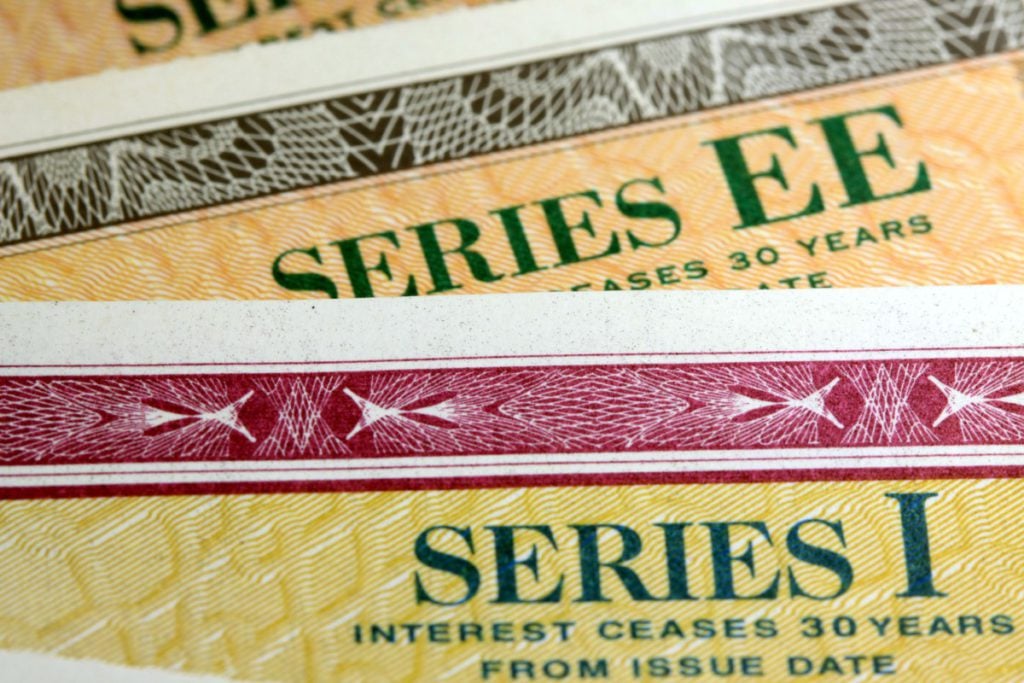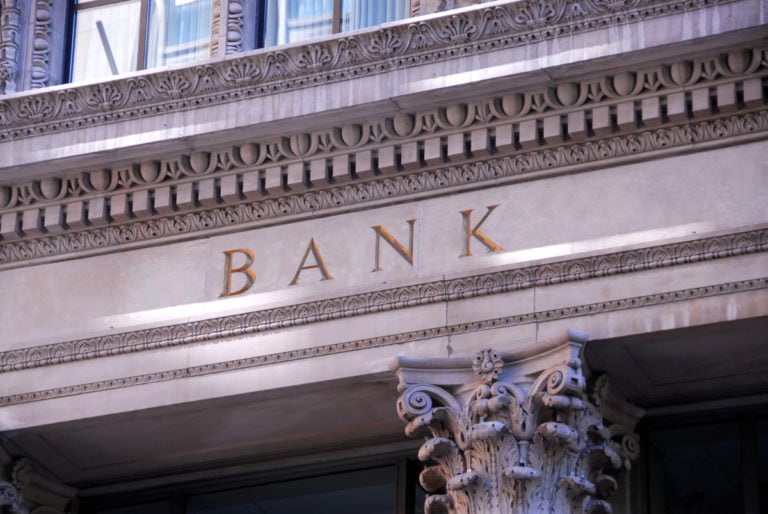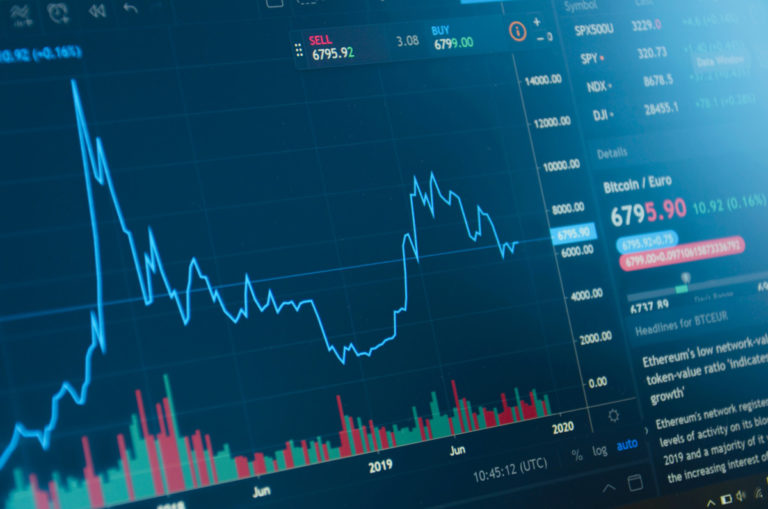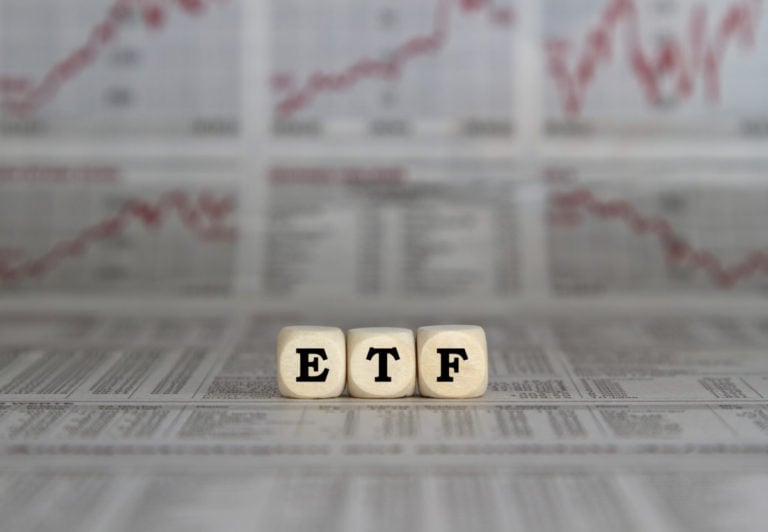Bonds are a relatively simple tool for passive income. But in order to earn big money, you still need to know something.
This article will help you understand the terms and basic concepts necessary for those who want to start earning income from these securities.
The amount that the investor gives is called the offering price.
The percentage of the face value that is paid to the investor for the use of borrowed funds is a coupon. The coupon can be paid every month, every quarter, every half year or once a year. If the maturity date is more than a year.
The face value of a bond consists of the placement price and the coupon. These are all obligations of the borrower to the investor.
The difference between bonds and stocks
The main difference is that the bondholder has no rights in the management of the company. It does not pay dividends. Basically, a bond is money that an investor has lent.
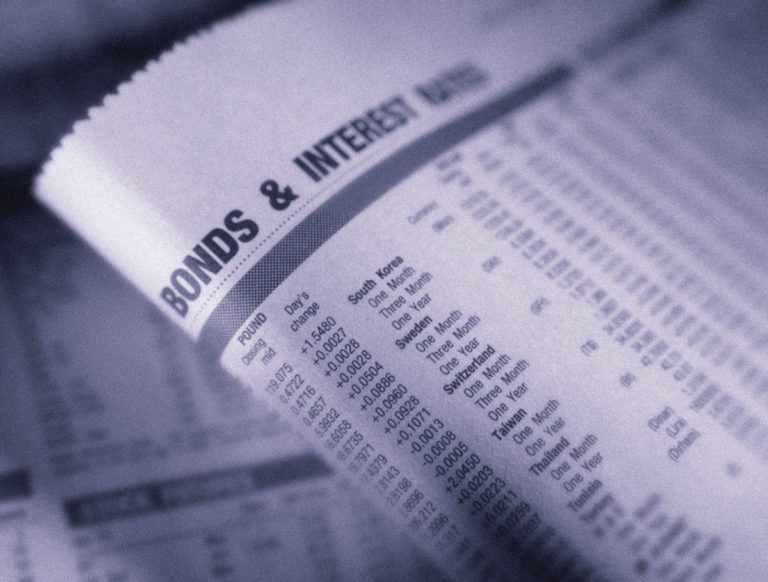
He knows exactly when the money will be returned to him, and what percentage he is entitled to in excess of this. The advantage of the holder of precisely these securities is that if the enterprise is subject to liquidation or bankruptcy process, its rights are better protected.
If the enterprise is doing well, then the shareholders, as a rule, receive a much greater return on their investments. Yet they sacrifice their property. And they have more risks. Bondholders will receive only its value and a fixed percentage, we can say that these securities are suitable for people who prefer a “quiet” income.
Which is better?
It’s impossible to say for sure. It all depends on the investor himself.
More bonds – conservative. The number of shares is significantly higher in the portfolio – an aggressive investor. The first ones give a stable and guaranteed, but not a high income. The latter bring very significant profits, but shareholders have much more risks. In general, an excellent strategy would be to allocate your resources in such a way that profitability covers possible losses.
What are they produced for
Bonds are necessary to quickly attract significant funds to the company from outside, without transferring parts of the company to third parties.
There are also government bonds, any state needs a lot of money. The state or the company receives the necessary funds, and as soon as the maturity date approaches, the required amount is paid and that’s it. No more obligations.
Types of bonds
- Coupon. As mentioned above, payments on them occur at a nominal price.
- Discount. Initially, they are sold at a reduced price, then redeemed at face value. Hence the income.
- Maturity. Up to a year is a short term. From one to five years – medium-term. More than five years – long-term.
- Convertible. Such bonds can be exchanged for other securities of the same company. For example, shares. However, more often companies try to issue non-convertible paper.
- Secured. They are considered the most reliable type of securities. Their repayment is secured by the company’s assets. If liquidation occurs, the investor receives the collateral, sells it, and returns his money.
- Unsecured. We will have to wait until the liquidation and bankruptcy procedures are over, and all the property of the company will be sold.
Structured bond
A structured bond is a debt instrument made up of one or more bonds and one or more derivatives.
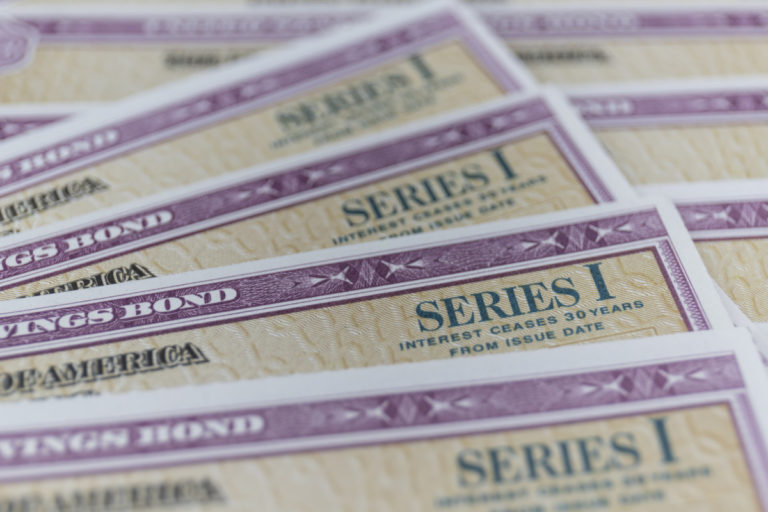
A structured bond is designed to disqualify risks (repay risks) when the price of one of the components changes. Since the total price of a bond consists of the price of the bond(s) or the derivative instrument or instruments, if the price of one of the components falls, the price of the bond will remain unchanged or increase due to the increase in the price of the derivative instrument.
More often, such bonds are issued by the issuer with payment of the debt only at the maturity of the debt obligation.
Discount bond
A discount bond is a bond that sells for less than its face value.
This can happen if the issuer’s new bonds have a higher coupon rate than the previous ones, thus the previous bond will have less investment attractiveness and will sell at a discount price.
Government short-term bonds
Government short-term bonds – bonds issued by the government, having a shorter term of debt, usually from 1 to 5 years. The attraction of such bonds lies in the clearer picture of market and economic movements provided by the Central Banks, the Ministry of Finance, other government agencies and rating agencies.
Thus, having a forecast of economic growth or, for example, annual gross income, or a forecast of the lending and real estate market for the next five years, one can evaluate the corresponding bond and make a decision on its purchase. If the US Central Bank predicts an increase in the income of the population and an increase in building permits, you can take a closer look at buying mortgage lending debt.
Subordinated bonds
Subordinated bonds differ from ordinary bonds in that the coupon rate on them is much higher, but the risk is correspondingly much higher.
The redemption of a bond cannot be completed within a period of less than five years; in the event of bankruptcy, claims on subordinated bonds are fulfilled after the claims of other creditors and authorities.
Thus, subordinated bonds have a higher coupon rate, but a lower priority. In case of bankruptcy of the company, the court will oblige the company to pay all its debts first on non-subordinated loans (taxes, deposits, loans, including bonds).
Junk bonds
Junk bonds – bonds that do not have an “investment grade” degree, but attract creditors with high coupon rates, therefore such bonds are also called high-yield bonds.

Often companies that are on the verge of bankruptcy or have a difficult financial situation issue such bonds, and most often creditors not only do not receive income from the coupon rate, but the price of such a bond, as a rule, always falls, and at the end of the bond period it will not be possible to receive at all your funds back. The credit rating of such bonds is BB, Ba or lower.
You can add junk bonds to an investment portfolio, but you can’t build a portfolio that’s all junk bonds. The higher the risk, the higher the reward is one of the basic rules of the securities market, which dazzles investors, especially beginners. You should carefully study all the components of such a bond before making a decision to purchase it.
Government bonds
Government bonds – bonds with the lowest risk and the lowest coupon rate of those presented.
In Russia, government bonds are issued by the Ministry of Finance under the supervision of the Central Bank, there are several types of Federal Loan Bonds and they differ in their yield structures, there is also OFZ-n, which is not traded on the stock exchange, but is distributed through banks accredited by the Ministry of Finance.
US Bonds
In the United States, there are two types of government bonds: Treasury and federal agencies. The US treasury is replenished in two main ways – through taxes and bond issues.
No matter how “risk-free” government bonds may seem at first glance, the reward cannot be “risk-free.”
- The first risk that can be faced is “default risk”, in which case the government effectively declares itself bankrupt and no payments are made on the bonds.
- The second risk is the risk of raising key rates by the Central Bank, then the value of the bond will fall significantly in price and if the investor wants to sell his bond, he may lose money. Federal agency bonds are issued by government agencies, which do not offer the same guarantees as Treasury bonds and therefore have a higher risk factor.
Possible risk
- Decrease in solvency. It lies in the fact that the solvency of the issuer of paper may decrease. The decline can be small, or it can be “dangerous”, with the threat of bankruptcy, the price of bonds, as a rule, falls very low.
- Interest rate risk is a decrease in the level of interest rates, which causes the price to fall. This is a particularly high risk for liabilities that are still very far from maturity.
- Liquidity risk. Often bondholders are large investors who hold them for the long term. Therefore, there are few such securities on the stock exchange, and it is very problematic to buy a more or less significant part of them at an affordable price.
- Inflation risk. If you buy paper with a constant coupon, there is a chance that inflation will rise so much that all income is simply leveled. In order to avoid this, you can buy securities with a coupon that depends on the level of inflation, a “floating” coupon.
Bond yield
There are two types of bonds: corporate and government, as commented by Aziz Kenzhaev expert, Overbit trading platform development director, analyst, trader. The profitability of each of them is determined by risk-return analysis. Government bonds are considered less risky, but have a lower coupon rate, corporate bonds are considered more risky, but have a higher coupon rate.
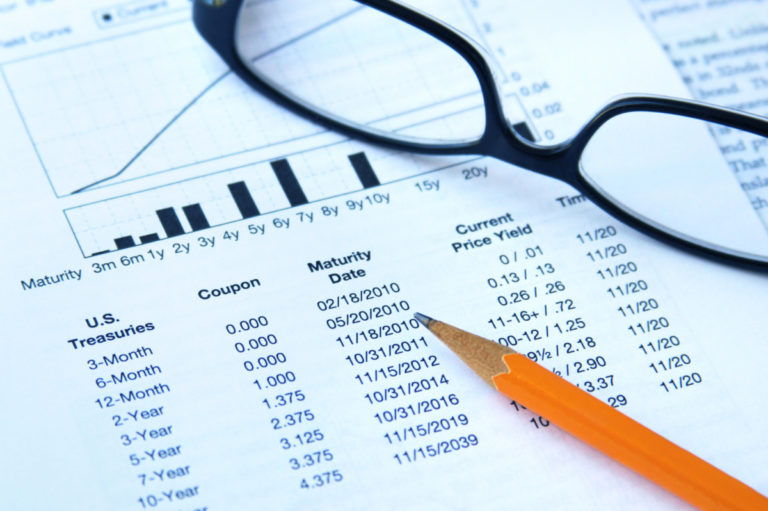
How to conduct a risk-return analysis? One simple option is to study the rating of each bond by rating agencies. Then you should pay attention to the price of the bond, the coupon rate, the term of the debt obligation and the redemption of the bond (the issuer’s ability to pay off the debt obligation before the due date).
All of the above relate to the theoretical yield of a bond, but it is worth noting that there are also risks, such as an increase in the coupon rate of bonds, then the purchased bond becomes less valuable for sale on the market, because. a bond with a coupon rate higher than the current one is more attractive than the current one, and an investor who wants to sell his bond on the market will have to sell it at a discount or discount price.
Also, when buying a corporate bond, you should be careful if the bond has a high coupon rate, more often such companies either subsequently become financially unstable or simply go bankrupt. When investing in corporate stocks, you should carefully study the rating of the company and its financial stability.
To select a promising bond, one should study economic data, if we are talking about US bonds, then it is necessary to pay attention to the data of each sector of the economy and the development of the economy as a whole.
So, in the current situation with the pandemic, and in particular with the gradual exit from it, you should pay attention to mortgage bonds, credit bonds, long-term US Treasury bonds. You should also consider corporate bonds of companies with high ratings, such as BlackRock, Charles Schwab, Coca Cola, Boeing.
Bond Duration
When choosing a bond, you need to evaluate for yourself such an indicator as duration, explains a qualified investor Yaroslav Kashevarov. At its core, this indicator shows how long the investor will receive his investment back!
To understand, let’s look at simple examples with numbers:
- There is a bond with a maturity of 15 years with a coupon yield of 10% per annum, the investor will return his investment in 10 years (10% * 10 years = 100%).
- A bond with an 8% coupon and a maturity of 20 years. The investor will return the investment in 12 years and 6 months.
- A zero-coupon bond with a maturity of 7 years. Accordingly, there are no payments, and therefore, the investor will return his money only after 7 years.
The duration formula itself is complicated and not interesting, since this indicator is always indicated on any investor site, for example, rusbonds.ru, smart-lab.ru.
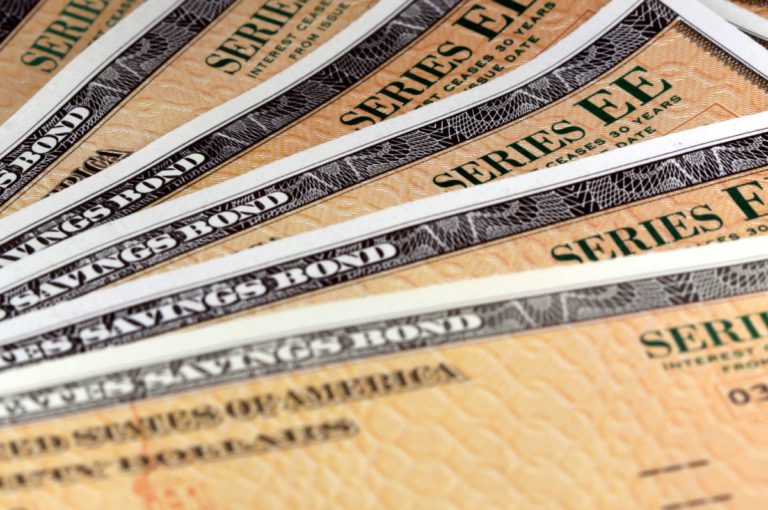
The most important task of an investor is to reduce the risks of losses and at the same time maintain the level of profitability. Therefore, duration allows you to assess the risks of investments.
Therefore, for a complete understanding, let’s take for analysis two bonds with a maturity of 3 years, one has no coupon income, so the duration is equal to the maturity, that is, 3 years. The second one provides for an annual coupon yield of 10%, in which case the duration will be equal to – 2.74, that is, less than 3 years! And it’s more profitable!
How to choose bonds
Bonds come in different types: government, municipal, corporate, etc., as mentioned above, comments QBF Lead Analyst Oleg Bogdanov.
If we are talking about government bonds, then the main indicator to be guided by is the sovereign rating from the world’s leading rating agencies. You can safely buy government bonds with an investment rating. In this case, the risk of default will be minimal, otherwise, in the case of a speculative rating, at some point the investor runs the risk of facing a technical default or a real default, that is, he may lose his money.
The next important element in the fixed income market is the monetary policy of the central bank.
For example, in the US, the yield on Treasury bonds is highly dependent on what the US Federal Reserve does with the refinancing rate and the quantitative easing program. Now the Fed has a stimulating monetary policy, but there are all signs that in the near future, 6-9 months, the US Central Bank will curtail incentives: they will start with a reduction in the quantitative easing program, then they will raise the refinancing rate.
It is these expectations that have led to the fact that prices for long-term US government bonds, treasuries, have fallen sharply this year. Prices fall, which means profitability rises. Now the yield on 10-year Treasuries is at the level of 1.57%. As long as the market trends are unfavorable, prices may well continue to decline.
I would not buy treasuries yet, I would be guided by a yield of 2-2.5%. In general, the situation on the global bond market is not the best now, central banks are moving from the monetary policy easing cycle to tightening it, which for this market means an increase in yields and a decrease in prices.
Output
Bonds are definitely more profitable than a bank deposit, and the investor knows in advance how much he will receive. However, they are not as profitable as stocks, but not as risky either.
And their prices change much less frequently than stock prices. Nevertheless, a good businessman has various securities in his portfolio.
